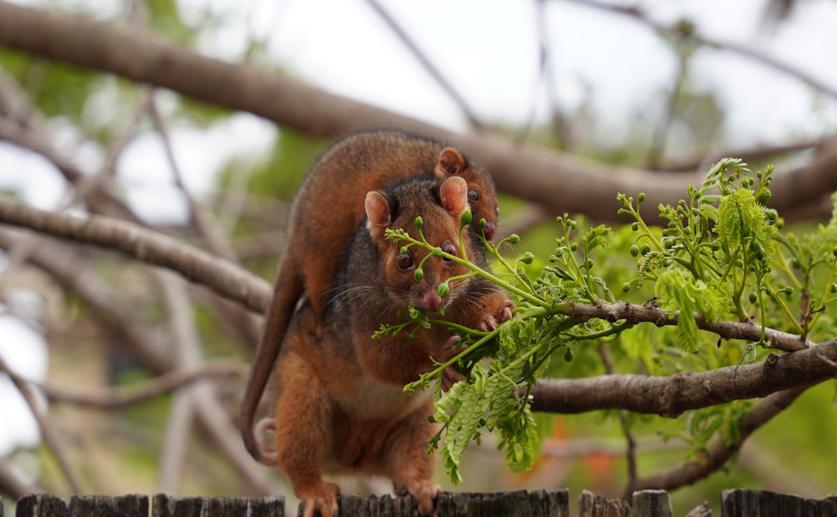
How Overlapping Territories of Possums Affect Disease Spread
Greg Howard
14th July, 2024

Image Source: Martynas Linge (photographer)
Key Findings
- The study took place in New Zealand's Orongorongo Valley, focusing on brushtail possums and TB transmission
- Adult possums, especially males, had more and larger home range overlaps compared to females and juveniles
- Higher possum densities led to fewer and smaller home range overlaps, suggesting density-dependent transmission dynamics
References
Main Study
1) Home range overlaps of the brushtail possum (Trichosurus vulpecula): implications for disease transmission
Published 13th July, 2024
https://doi.org/10.1007/s10344-024-01827-x
Related Studies
2) A clarification of transmission terms in host-microparasite models: numbers, densities and areas.
Journal: Epidemiology and infection, Issue: Vol 129, Issue 1, Aug 2002
3) Environmental Presence of Mycobacterium tuberculosis Complex in Aggregation Points at the Wildlife/Livestock Interface.
4) Maternal influence on philopatry and space use by juvenile brushtail possums (Trichosurus vulpecula).



 6th May, 2024 | Greg Howard
6th May, 2024 | Greg Howard